33 Wedding Facts That Will Surprise You | FactsLook

The Origins of the White Wedding Dress
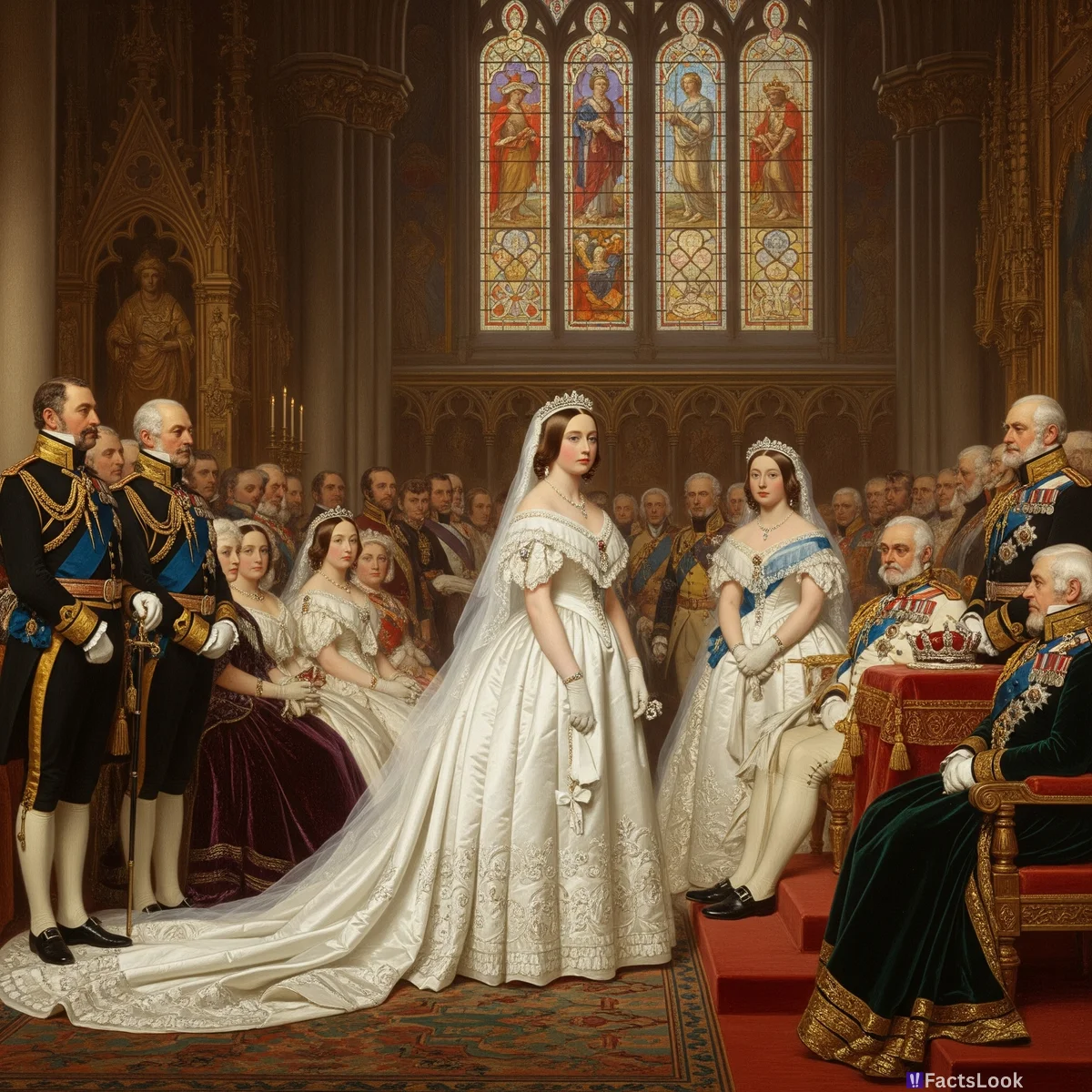
Surprisingly, white wedding dresses weren't always the norm! Before Queen Victoria wore a white satin gown in 1840, brides simply wore their best dress, regardless of color.
Victoria’s choice popularized the trend, symbolizing wealth and purity. The adoption was slow, but it eventually became a global standard.
Something Old, Something New… and the Rhyme's History
The famous wedding rhyme 'Something old, something new, something borrowed, something blue' dates back to Victorian England. Each element represents good luck: old for continuity, new for optimism, borrowed for happiness, and blue for fidelity. Some variations also include a sixpence for prosperity.
The Ring Finger Tradition's Ancient Roots
Wearing a wedding ring on the fourth finger of the left hand isn't arbitrary! Ancient Romans believed this finger contained the 'vena amoris' – the vein of love – directly connected to the heart. While anatomically incorrect, the tradition persisted and became a widespread custom.
Wedding Cakes Were Originally… Bread!
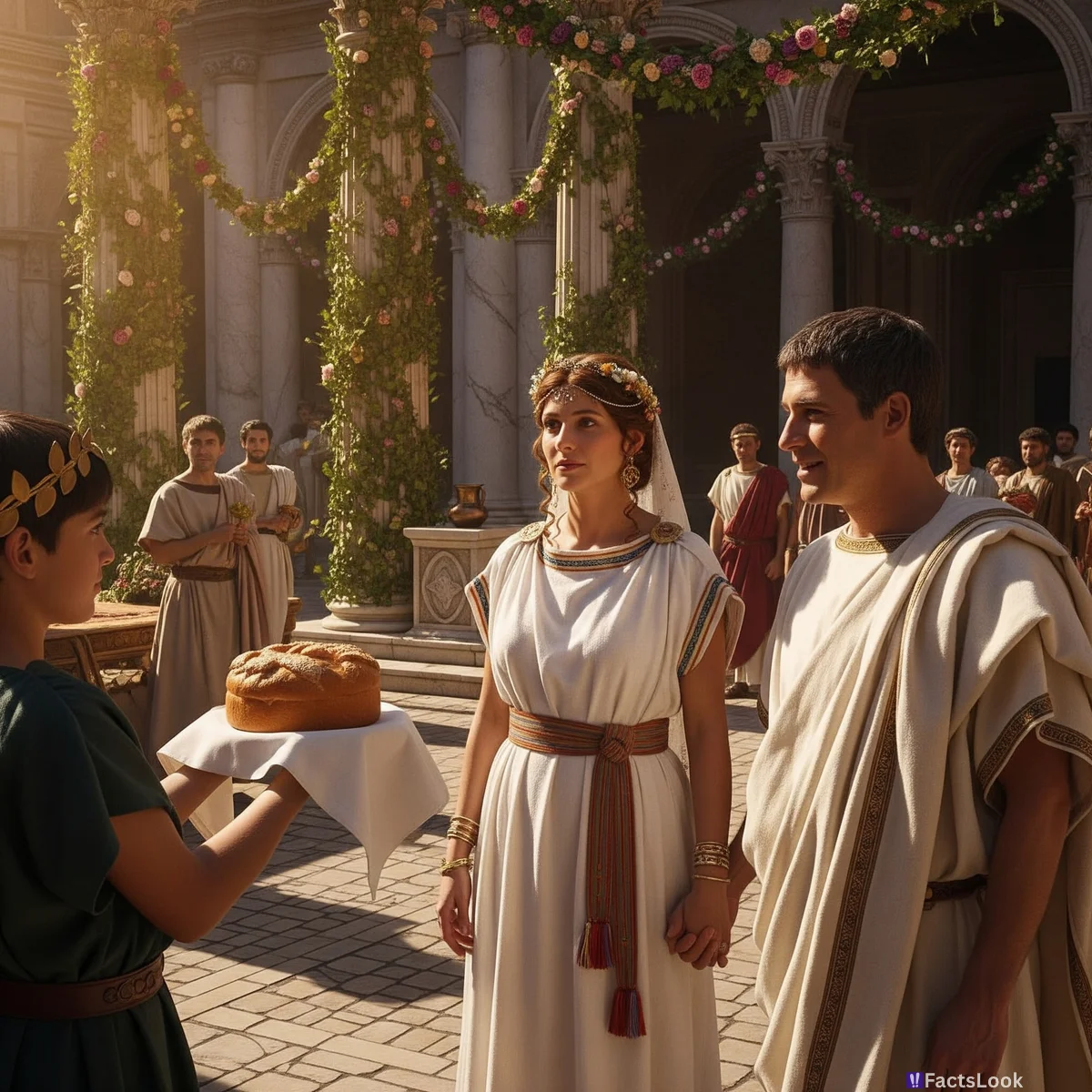
Wedding cakes weren't always the elaborate creations we see today. In ancient Rome, wedding cakes were simple wheat or barley cakes, sometimes broken over the bride's head for good luck and fertility. The modern tiered cake evolved much later, influenced by Victorian cake design.
The Meaning Behind Veils
Historically, wedding veils weren't about romance, but protection! Originally, veils were used to ward off evil spirits who might want to steal the bride's good fortune or beauty. Over time, the veil became a symbol of modesty and purity, but its protective origins are fascinating.
Handfasting: The Origin of 'Tying the Knot'
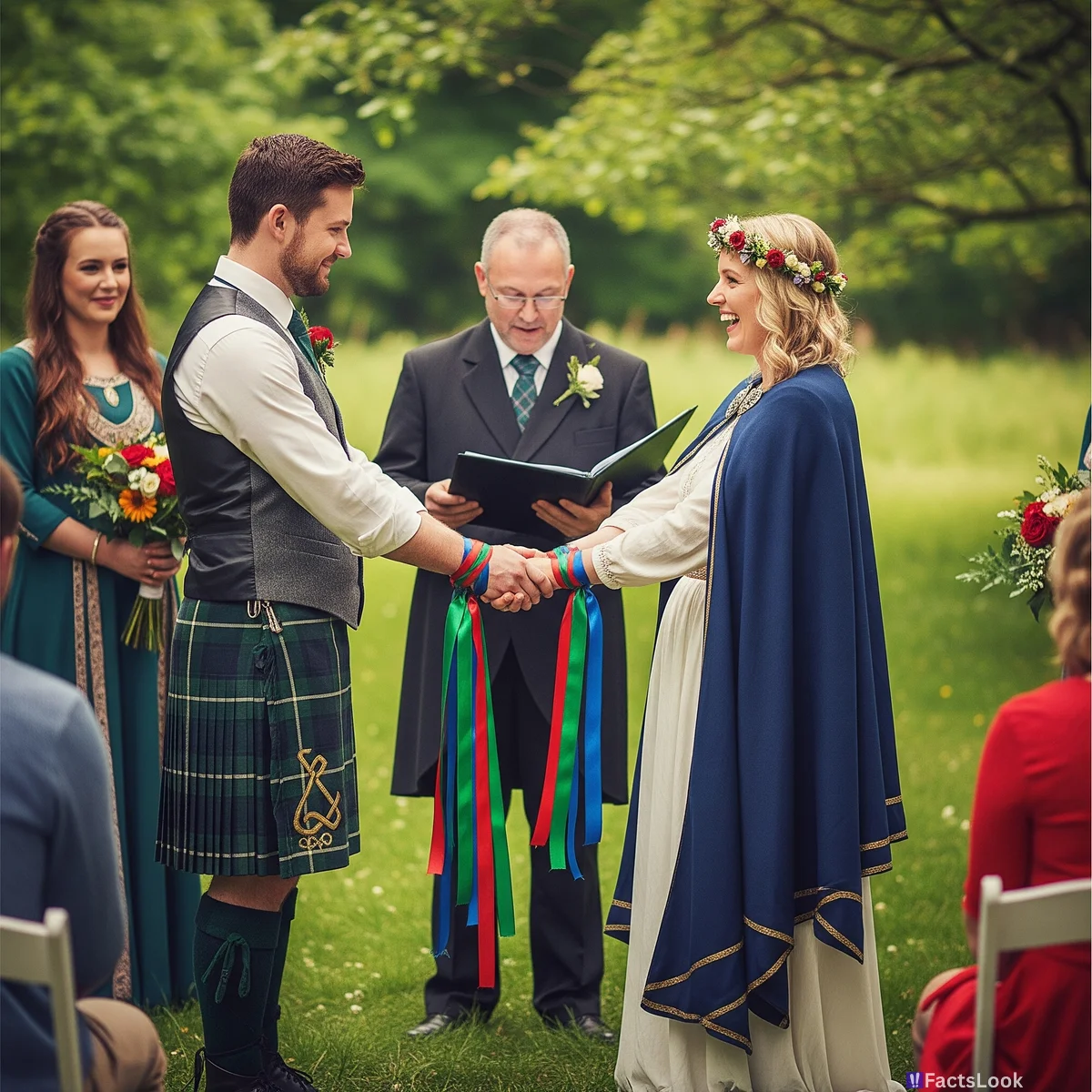
The phrase 'tying the knot' comes from the ancient Celtic tradition of handfasting. This involved the couple’s hands being literally tied together with ribbons, symbolizing their commitment. It predates formal wedding ceremonies and is still practiced today in some cultures.
Why Saturdays Are the Most Popular Wedding Day
Statistically, Saturday is the most popular day to get married. This is largely due to tradition and convenience.
Historically, weddings were held after a week of celebrations, and Saturday allowed guests sufficient time to travel and participate. Modern convenience further solidifies its popularity.
The Tradition of Confetti's Dark Past
Throwing confetti at weddings wasn’t always about colorful cheer. Originally, guests threw grains, seeds, or nuts at the couple to wish them fertility and abundance. Modern confetti replaced these items, evolving into paper and biodegradable alternatives.
The Significance of Bridal Showers
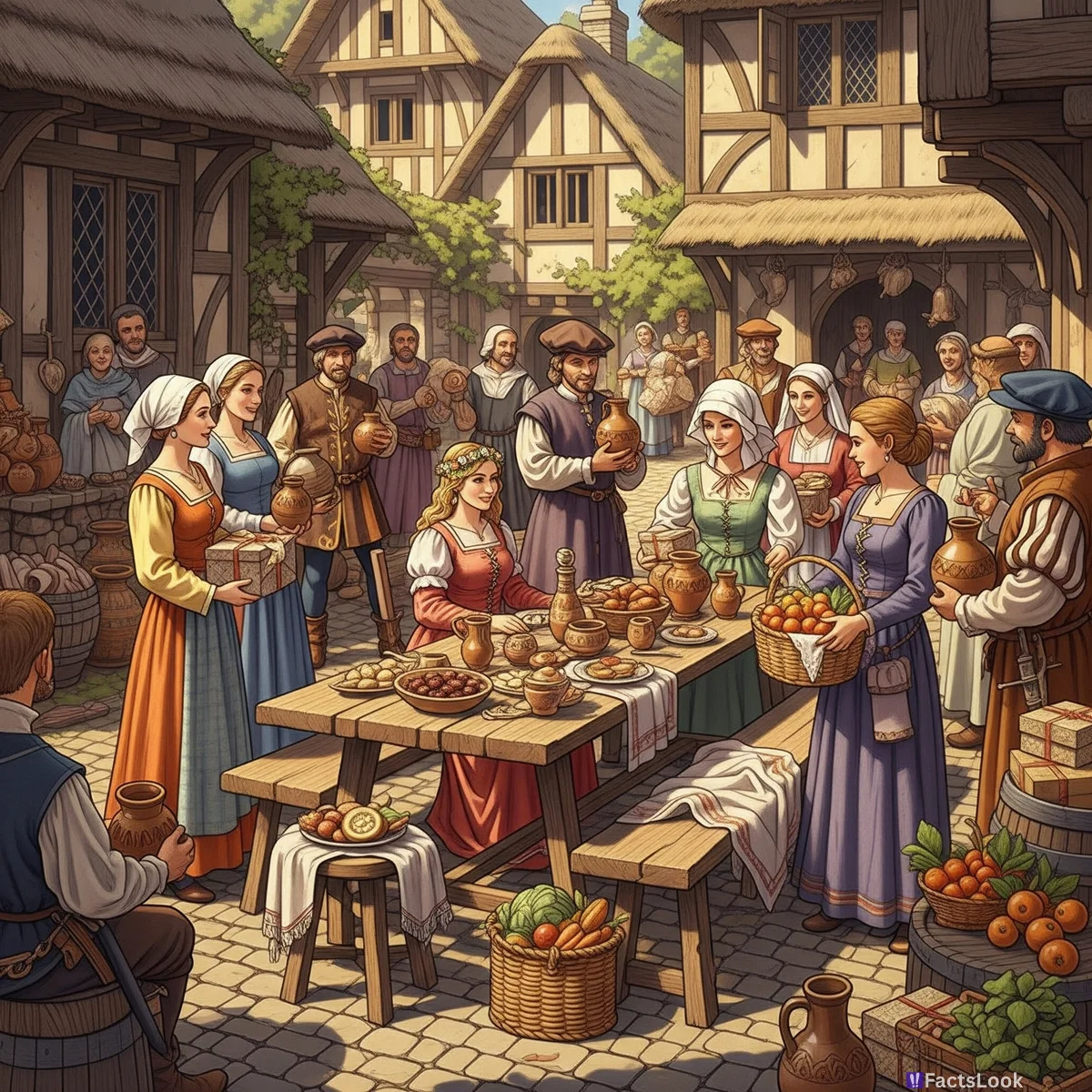
Bridal showers likely originated in 15th-century Europe, where a bride who lacked a dowry would receive gifts from the community to help her establish a home. It wasn’t about lavish parties; it was a practical way to support the new couple’s future.
June: The Traditional Month for Weddings
June became the most popular month for weddings due to its historical associations. Named after Juno, the Roman goddess of marriage and childbirth, June was considered the luckiest month for unions. Cleanliness practices, aligning with spring cleaning, also contributed to the trend.
The Honeymoon's Origins Were… Kidnappings?
The term “honeymoon” originates from a 19th-century custom. Newlyweds would sometimes ‘kidnap’ the bride and hide her away for a month, consuming honey wine to enhance fertility. This practice evolved into the romantic getaways we know today.
Wedding Superstitions Around the World
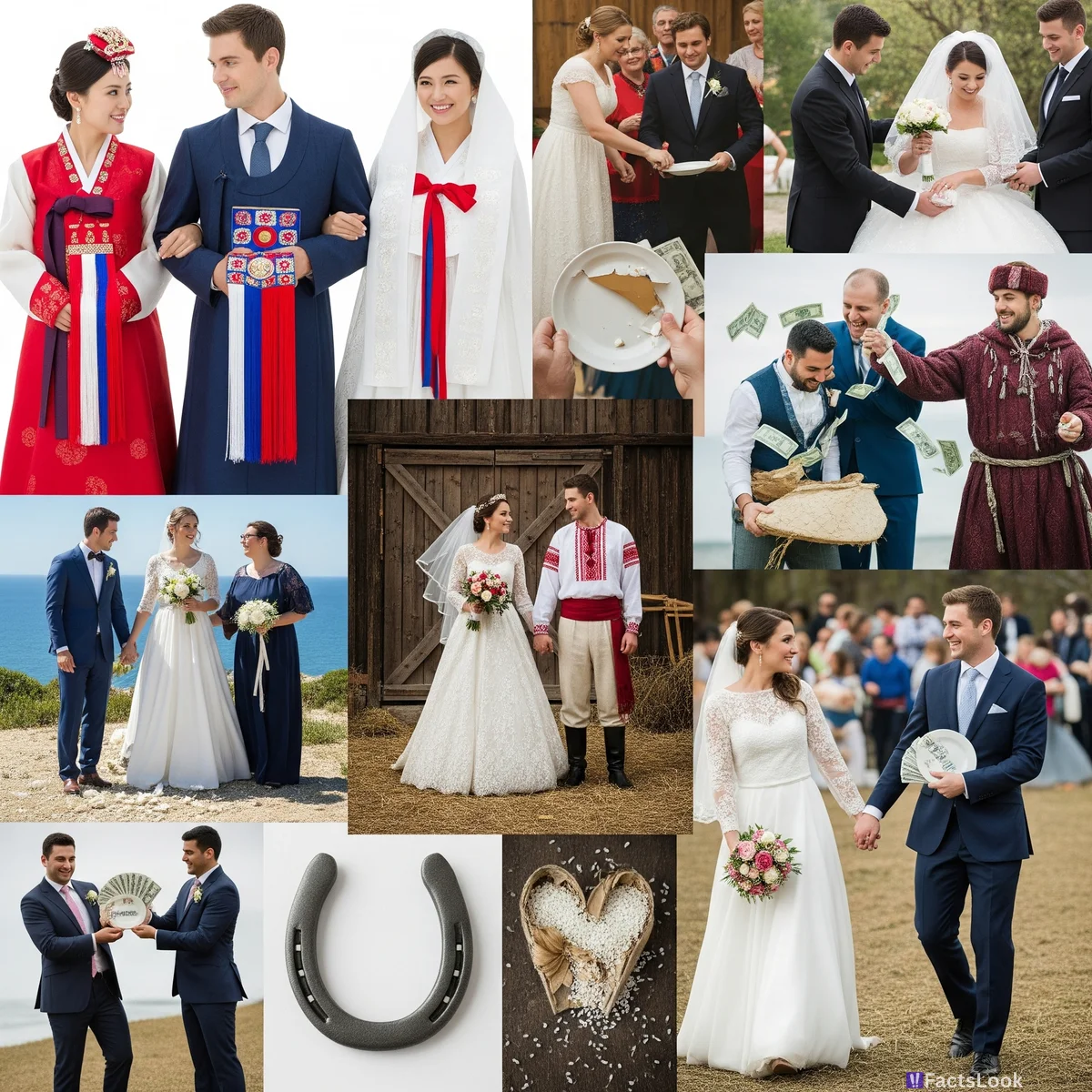
Many cultures have unique wedding superstitions. In some parts of India, it’s bad luck if the bride doesn't cry before the ceremony. Scottish tradition involves 'blackening' the bride – covering her in messy substances for good luck! Each tradition is rich in cultural meaning.
The Cost of Weddings: A Historical Perspective
Wedding costs have dramatically increased over time. In the early 20th century, a wedding could cost around $500 (equivalent to a few thousand today).
Now, the average US wedding exceeds $30,000, reflecting changing societal expectations and trends. [Source: The Knot Real Weddings Study](https://www.theknot.com/content/average-wedding-cost)
The Evolution of Wedding Photography
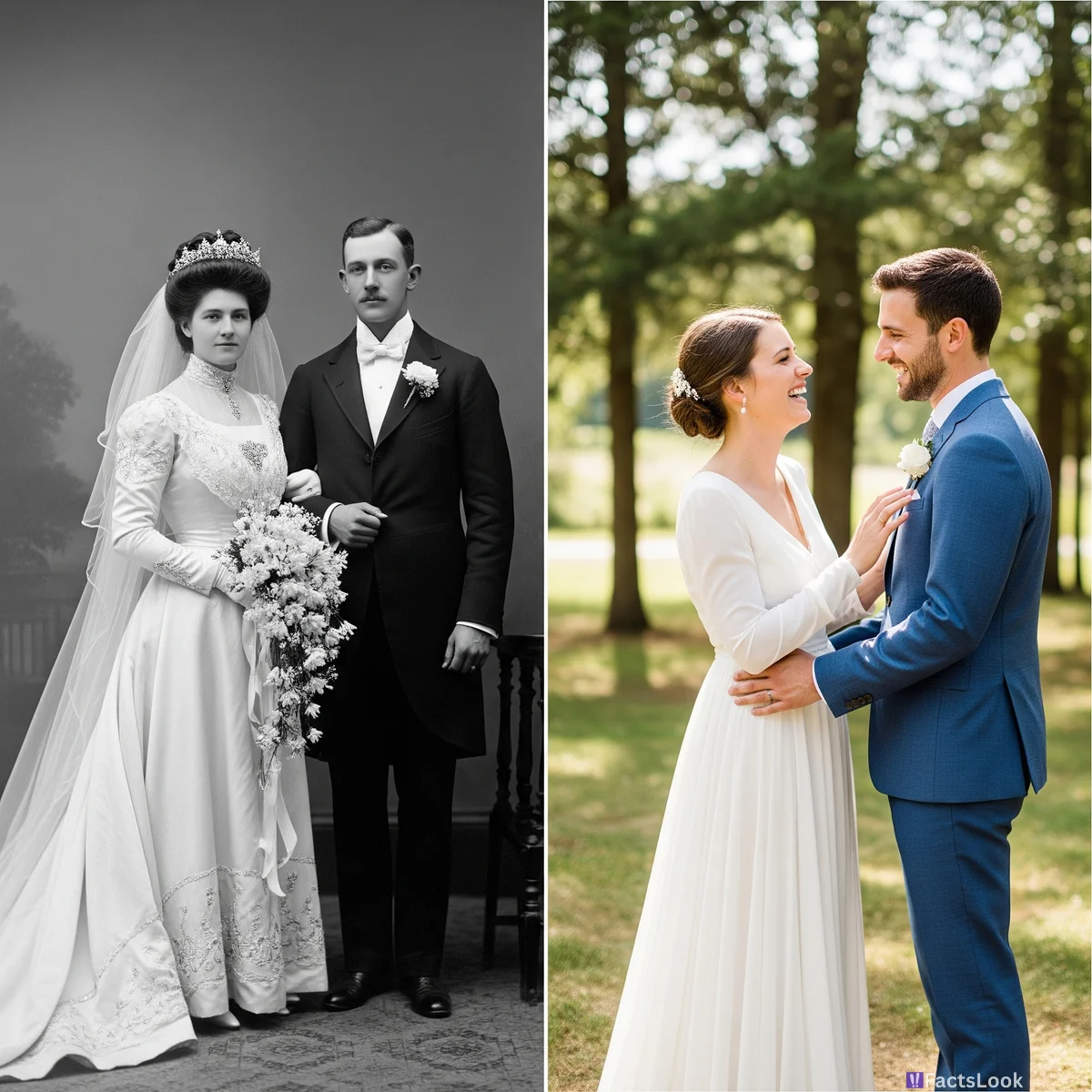
Early wedding photography was a lengthy, formal affair. Portraits often took hours due to long exposure times. The rise of photojournalism in weddings brought a more candid, storytelling approach – capturing genuine moments instead of posed shots.
The Purpose of the Bouquet Toss
The bouquet toss originated from a playful tradition where single women would attempt to grab pieces of the bride's gown for good luck. As gowns became more valuable, the bride began tossing her bouquet instead, passing the 'luck' to the recipient.
The First Dance’s Symbolic Roots
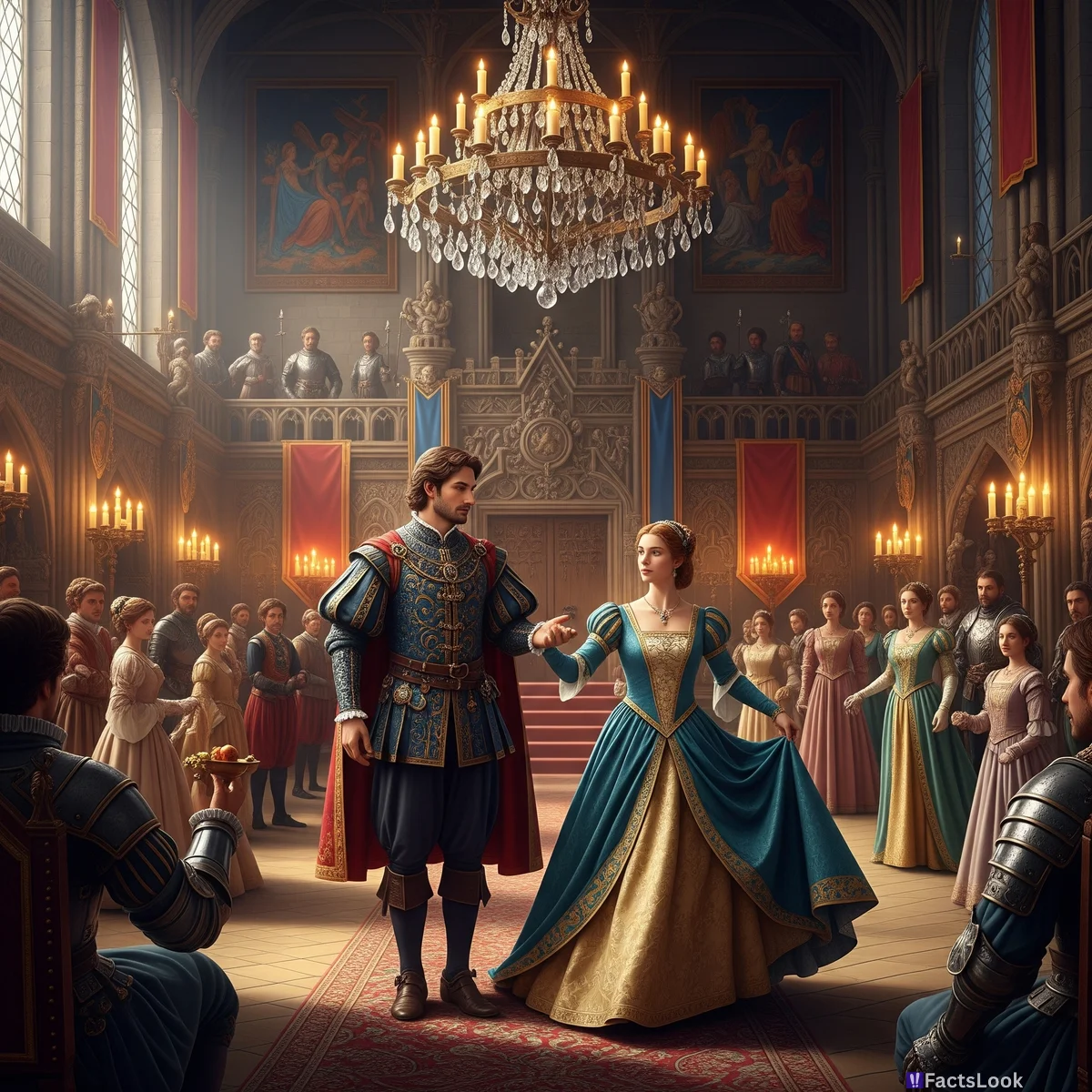
The first dance tradition stems from the medieval custom of the ‘opening dance,’ where the lord of the manor led the dance, signifying authority and setting the tone for the celebration. The couple's first dance now symbolizes their unity and leadership as a family.
The Grooms Cake: A Southern Tradition with a History
Groom's cakes, popular in the Southern US, originated with Victorian-era grooms who didn't care for traditional fruitcake. They'd request their own cake, often reflecting their hobbies or interests. Today, it’s a fun and personalized addition to the wedding reception.
The Meaning of the Wedding Toast
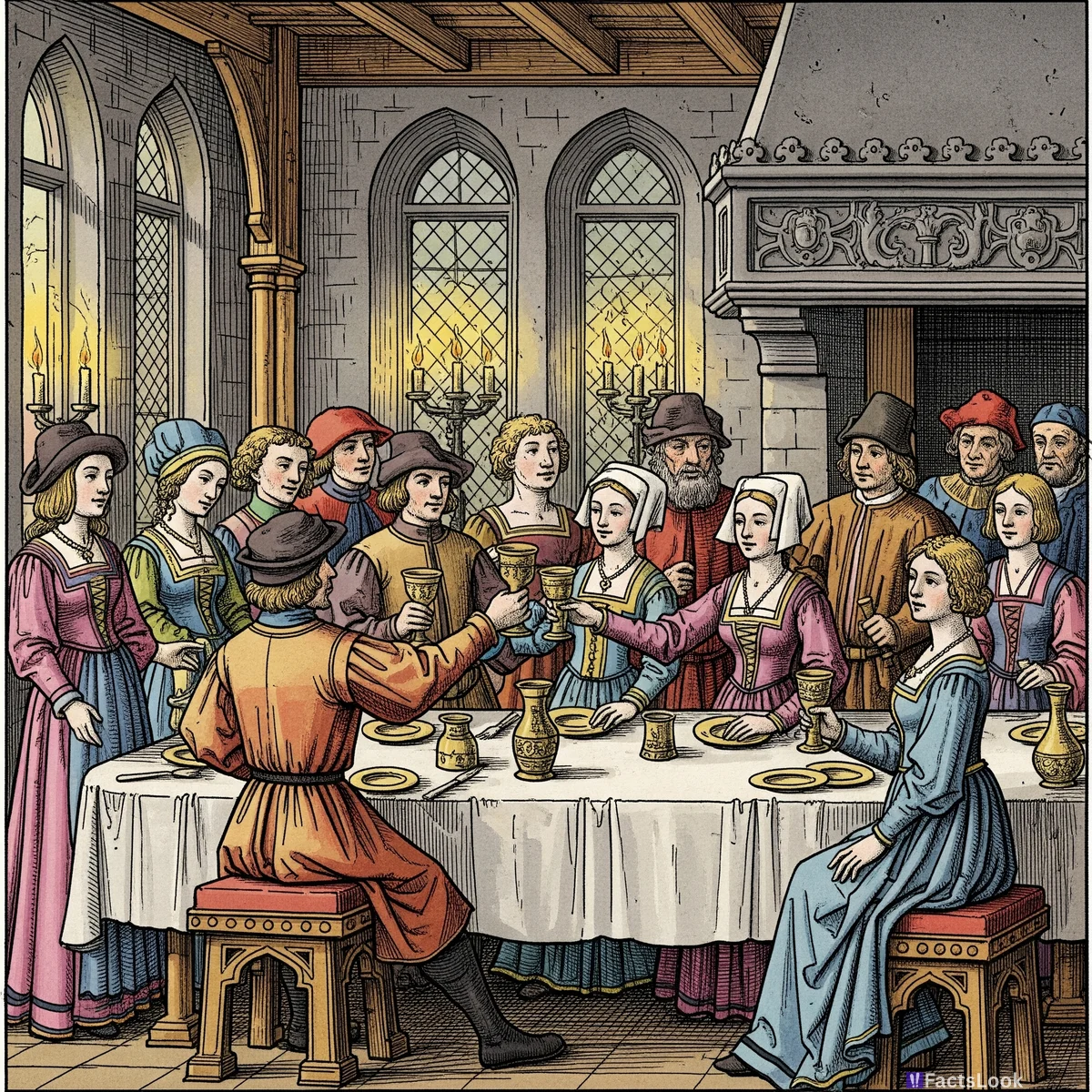
Wedding toasts date back to ancient times. In Germany, someone would drink from a goblet, then touch glasses with the couple to wish them good health and prosperity. The practice evolved, and now toasts are heartfelt expressions of love and well-wishing.
Why We Say 'Tie the Knot'
As mentioned earlier, “tying the knot” comes from the Celtic tradition of handfasting where couple’s hands were literally tied together. The term became a metaphor for marriage itself, signifying an unbreakable bond.
The History of Wedding Favors
Wedding favors weren’t always common. The tradition started in Europe, where guests would receive a ‘bonbonniere’ – a small box filled with sugared almonds, symbolizing well wishes for fertility and prosperity. These boxes were a sign of gratitude from the couple.
Wedding Rings: A Circular Symbol
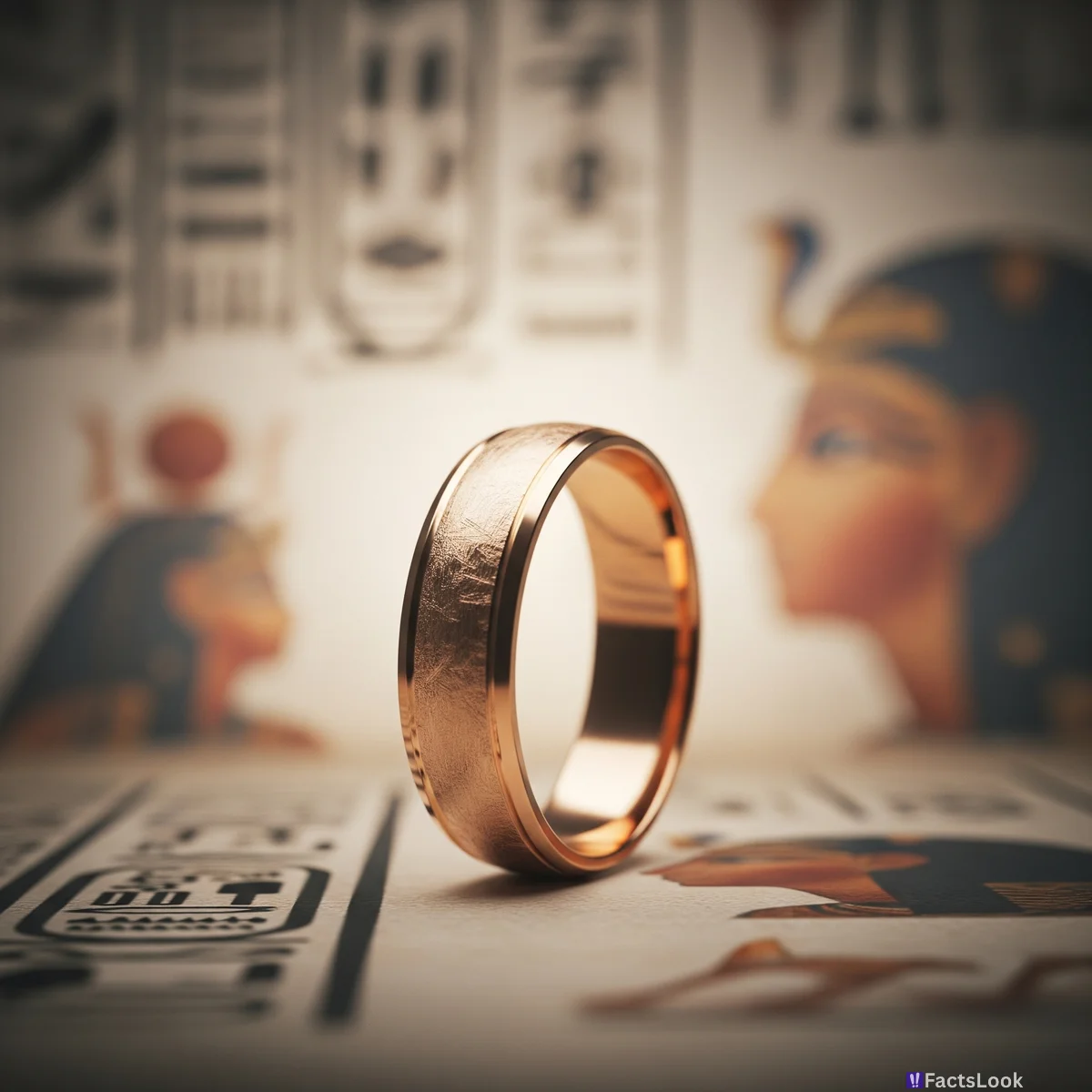
The circular shape of a wedding ring symbolizes eternity—having no beginning and no end— representing a couple’s everlasting love. This symbolism dates back to ancient Egypt, where circular reeds were used as engagement rings.
The ‘Giving Away’ Tradition’s Origins
The practice of the father ‘giving away’ the bride originated in a time when women were considered property. It signified the transfer of ownership from father to husband. Today, it's often interpreted as a symbolic gesture of support and blessing.
The Evolution of Wedding Invitations
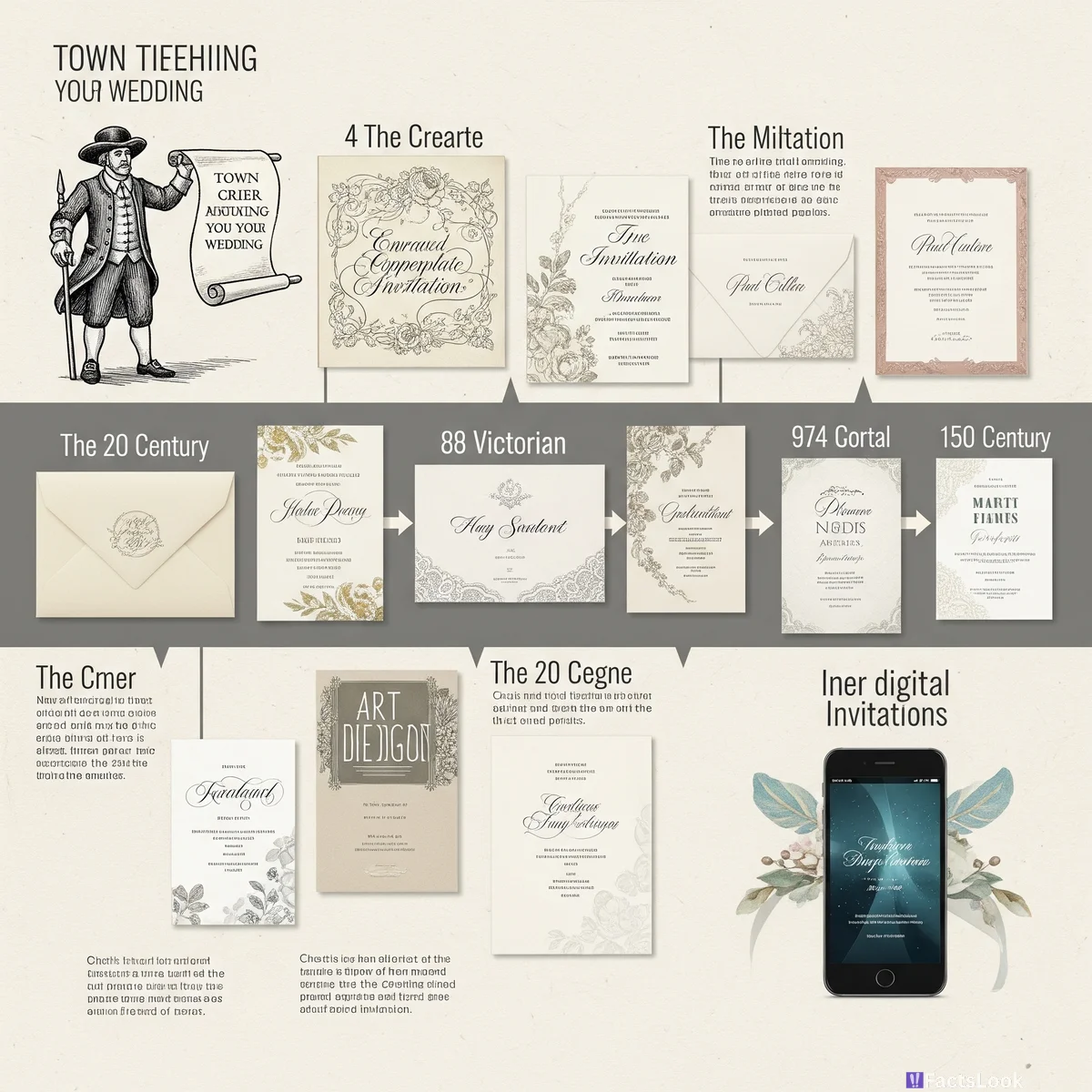
Early wedding invitations were delivered by town criers or hand-written notes. The advent of printing made invitations more accessible, and elaborate designs became a status symbol. The arrival of digital invitations is the latest chapter in this evolution.
The Significance of Wedding Colors
Wedding colors often hold symbolic meaning. White represents purity, red symbolizes love and passion, and gold signifies wealth and prosperity. Couples carefully choose colors to reflect their personal style and desired atmosphere.
Lavender's Role in Wedding Traditions
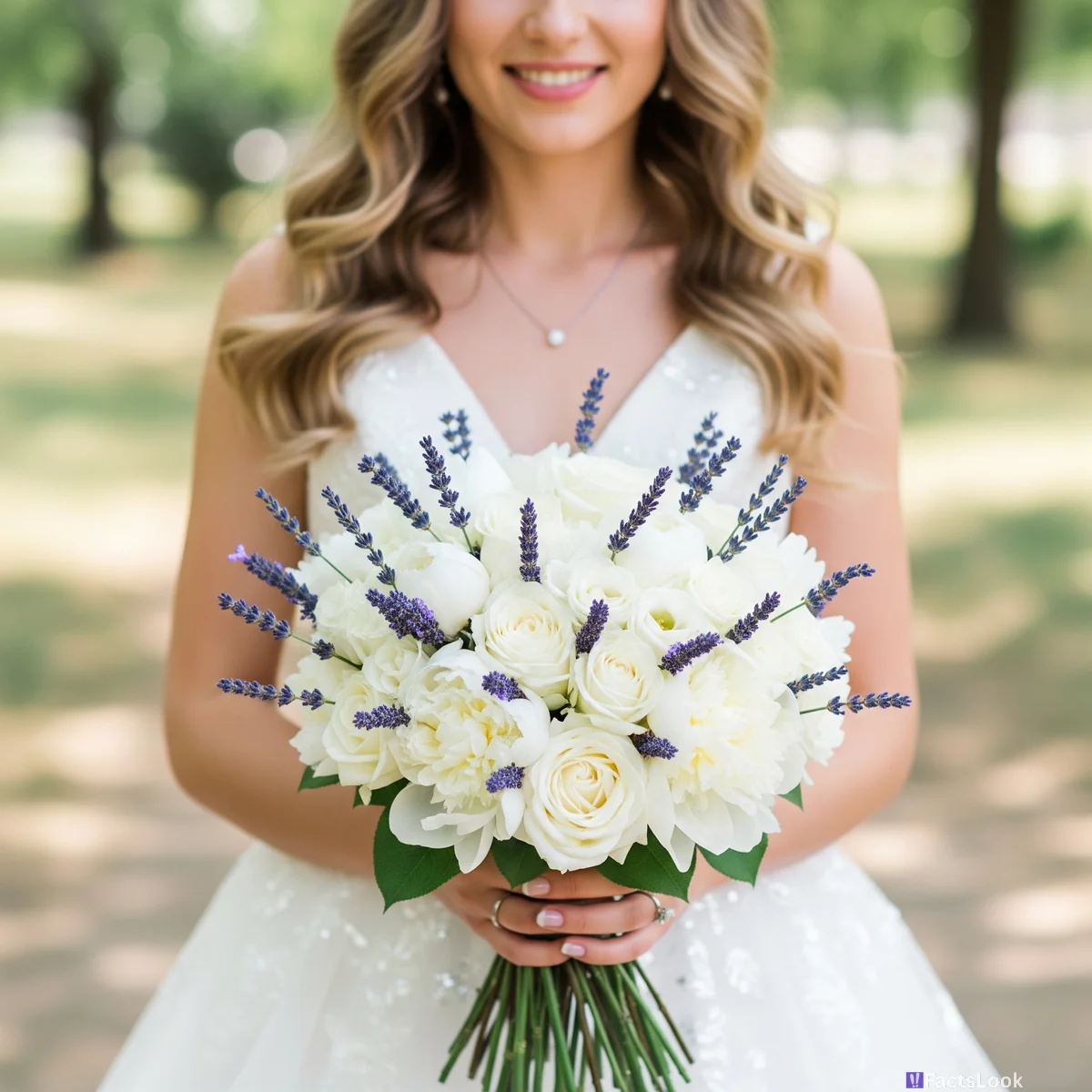
Lavender has a long history of being associated with love and devotion. Brides would often carry lavender sachets or wear lavender-scented perfume to attract a loving partner. It remains a popular scent for weddings today.
The History of Destination Weddings
Destination weddings gained popularity in the late 20th and early 21st centuries, offering couples a unique and intimate experience. The trend began with celebrities choosing exotic locations, influencing mainstream wedding planning.
Wedding Dress Trains: A Royal Influence
Long wedding dress trains were popularized by royalty, particularly Queen Elizabeth II, whose gown sported a 15-foot train! Trains signify status and grandeur, and remain a coveted element in many bridal looks.
The Rise of Wedding Planners

Wedding planners became essential in the 1980s as weddings grew more elaborate and couples juggled busy lifestyles. They've evolved from logistical coordinators to creative visionaries, helping couples bring their dream weddings to life.
Hen and Stag Parties - Ancient Origins
The traditions of Hen and Stag parties trace their roots back to tribal customs. Before the wedding, the groom would be 'kidnapped' by his friends for a celebration and the bride would receive support and blessings from her female community.
Comments
Loading comments...